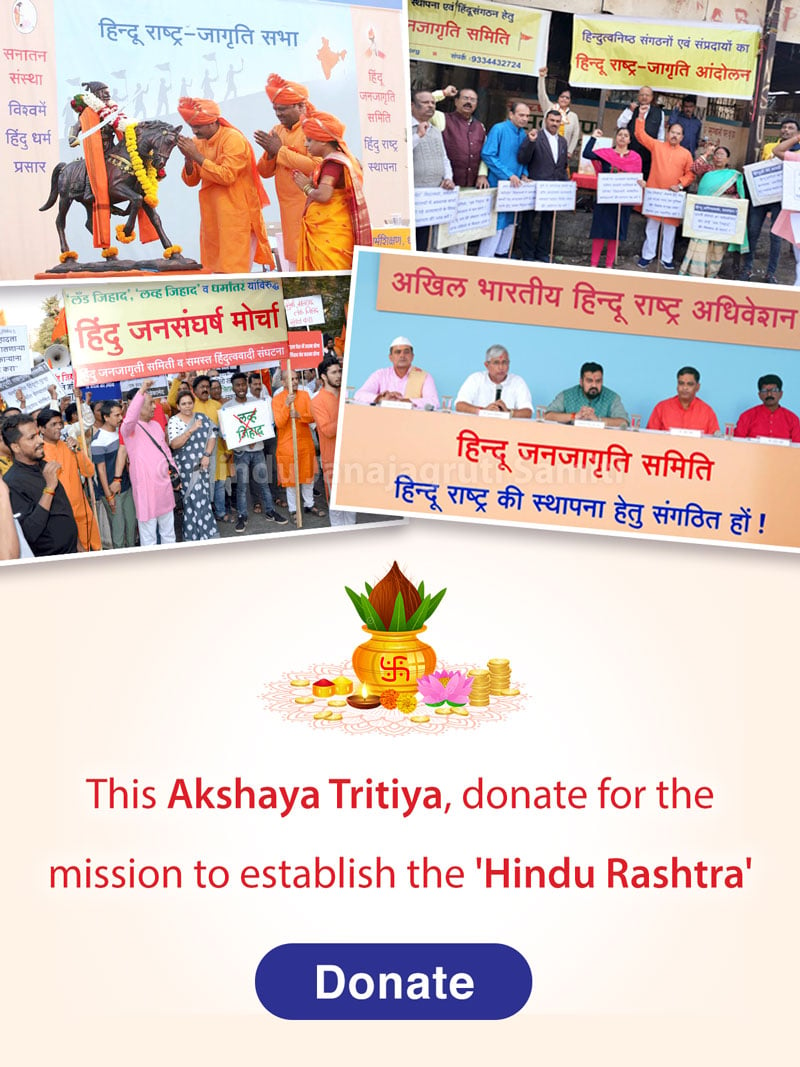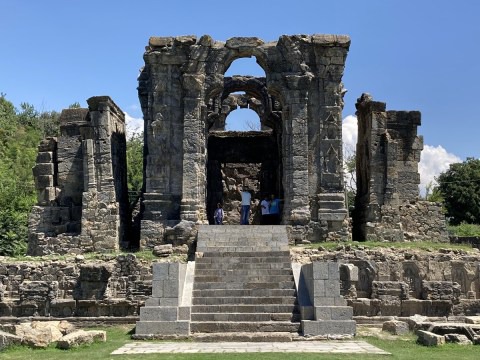
A parliamentary panel has recommended the government to explore the possibility of permitting puja and worship at monuments protected by the Archaeological Survey of India (ASI) that have religious significance. The report on ‘Issues relating to Untraceable Monuments and Protection of Monuments in India’ was presented in both Houses on Friday.
If that happens, it will open a Pandora’s Box since many of the protected monuments include dilapidated temples, dargahs, churches and other religious sites. As of now, ASI only permits worship and rituals at monuments wherein such traditions were on at the time of the monument coming to the agency’s custody.
In its recommendations, the committee — headed by YSR Congress Rajya Sabha MP V Vijaisai Reddy and including more than a dozen MPs from across political parties — said that “several historical monuments across the country hold immense religious significance to a large number of people and allowing pujas/worship/certain religious activities at such monuments can fulfil legitimate aspirations of the people”.
It recommended that the ASI may explore the possibility of permitting puja/worship/certain religious activities at Centrally Protected Monuments of religious significance, subject to the condition that such activities would not have any detrimental effect on the state of conservation and preservation of the monuments.
In its response, the Ministry of Culture said it had noted the recommendation and will explore its feasibility. It, however, said that as per the policy decision, revival of worship is not allowed where it was not in vogue at the time of protection (by the ASI) or has been abandoned since long.
In May last year, after prayers were held at the ruins of the eighth-century Martand Sun Temple in Jammu and Kashmir’s Anantnag, the ASI had expressed its concern to the district administration. The agency, which functions under the Ministry of Culture, deemed the incident to be a violation of its rules.
According to ASI rules, prayers are allowed at its protected sites only if they were “functioning places of worship” at the time it took charge of them. “No religious rituals can be conducted at non-living monuments where there has been no continuity of worship when it became an ASI-protected site,” an ASI official said. Sources say there has been a feeling among the regime that prayers should be permitted at significant ancient temples and sites even as they may be ‘non-living’ monuments technically.
Of the 3,693 centrally protected monuments and archaeological sites maintained by the ASI, a little less than a fourth (820) have places of worship, while the rest are considered non-living monuments where no new religious rituals can be started or conducted. The sites that have places of worship include temples, mosques, dargahs and churches.
Although the Martand Sun Temple was once a thriving place of worship, commissioned by Karkota dynasty king Lalitaditya Muktapida (725 AD to 753 AD) in the eighth century, it was destroyed by Sikandar Shah Miri in the 14th century. At the time the ASI took over the temple ruins in the 20th century for conservation, no puja or Hindu ritual was being held there. So, when puja was conducted on the temple complex twice last year — first by a group of devotees and then in the presence of J&K Lieutenant-Governor Manoj Sinha — it was a violation of ASI norms since the temple is considered a non-living monument, ASI officials said.
Source : Indian Express

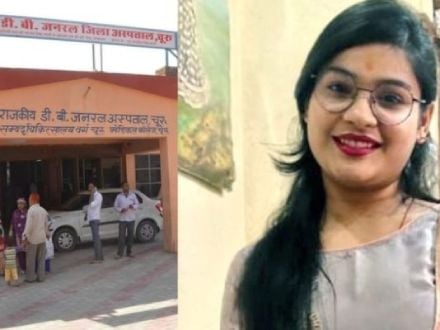 Rajasthan: Woman found hanging at a beauty parlour, Arshad, 3 others booked
Rajasthan: Woman found hanging at a beauty parlour, Arshad, 3 others booked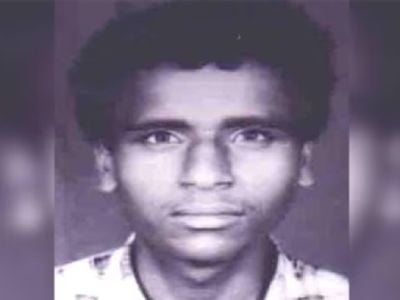 Chhattisgarh: Naxal top commander along with 28 other Naxals killed in a joint operation
Chhattisgarh: Naxal top commander along with 28 other Naxals killed in a joint operation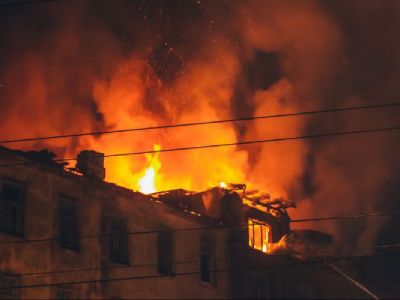 Andhra Pradesh: Farooq kills mentally challenged Hindu man for insurance money
Andhra Pradesh: Farooq kills mentally challenged Hindu man for insurance money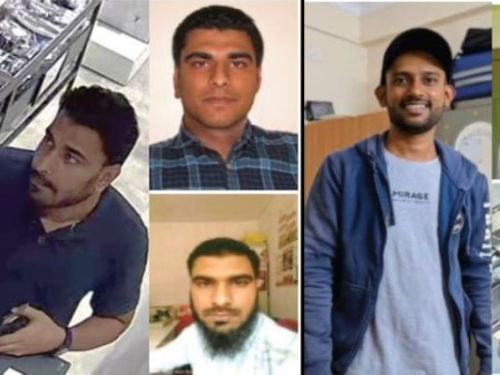 Rameshwaram cafe blast: NIA arrests bomber Mussavir and mastermind Abdul
Rameshwaram cafe blast: NIA arrests bomber Mussavir and mastermind Abdul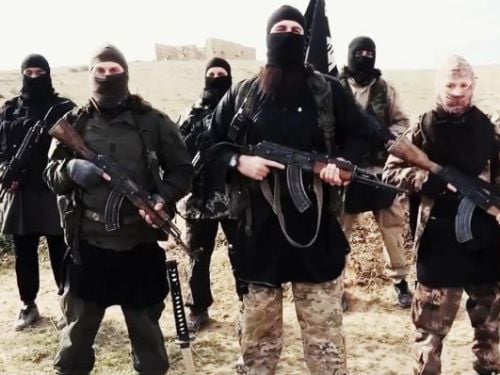 2 ISIS terrorists arrested in Germany for sexual abuse of minor Yazidi children
2 ISIS terrorists arrested in Germany for sexual abuse of minor Yazidi children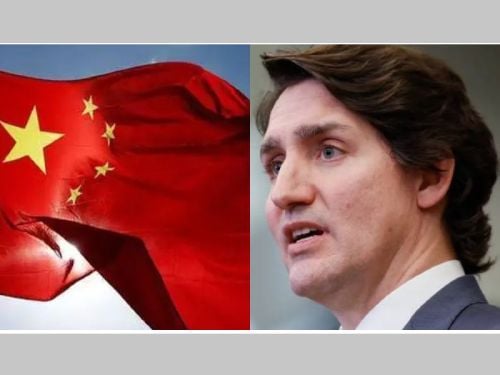 China, not India, interfered in 2019 and 2021 Canada elections, says Canadian panel
China, not India, interfered in 2019 and 2021 Canada elections, says Canadian panel